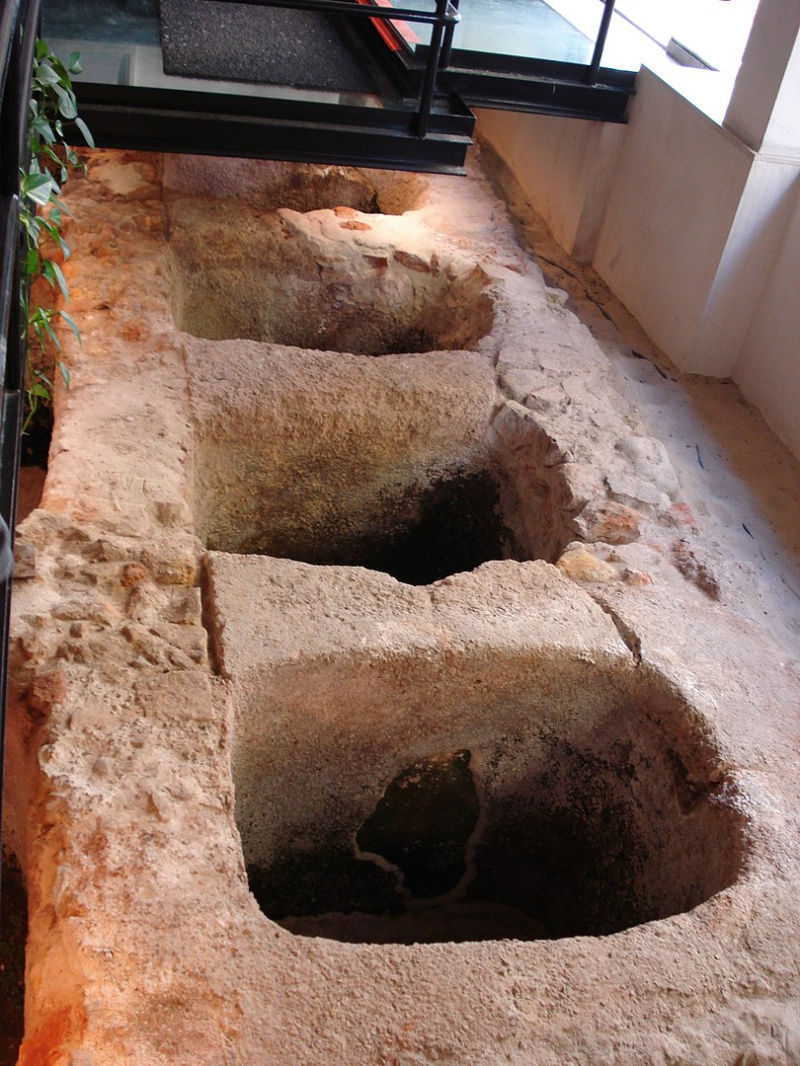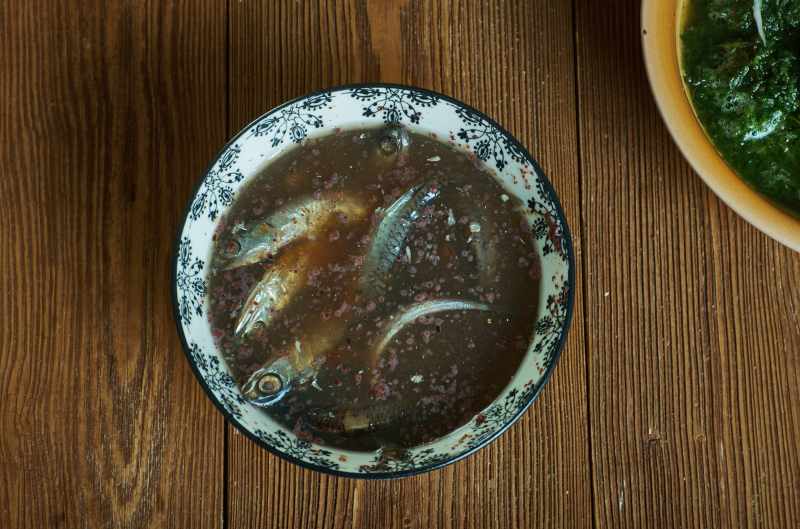Garum
Garum is a fermented fish sauce that was used as a condiment in Phoenician, ancient Greek, Roman, Carthaginian, and later Byzantine cuisines. Liquamen is a similar concoction, and the two were sometimes used interchangeably. Although garum was most popular in the Western Mediterranean and the Roman world, the Greeks used it first.
Garum, one of the most famous cuisines of Ancient Rome, was ancient Rome's signature fish sauce. It was used as a flavoring substitute for salt, as a table condiment, and as a sauce. Garum, liquamen, muria, and allec were the four principal forms of fish sauce. It was prepared in various qualities from tuna, mullet, and sea bass. It might be flavored, for example, by mixing it with wine or diluting it with water (hydrogarum), a popular form among Roman soldiers, though the emperor Elagabalus claimed to be the first to serve it at public feasts in Rome. Garum sociorum was the most expensive garum, manufactured from mackerel (scomber) at the New Carthage fisheries in Spain and widely trafficked. Two congii (7 litres) of this sauce cost 1,000 sesterces, according to Pliny's Natural History. In the Early Empire, one thousand sesterces were worth 110 g of gold.
Garum was an important export product from Hispania to Rome, giving the towns some status. The garum of Lusitania (modern-day Portugal) was likewise highly valued in Rome, and it was carried directly from the port of Lacobriga (Lagos). An old Roman garum plant can be visited in central Lisbon's Baixa district. The distribution hub for Western Europe, encompassing Gaul, Germania, and Roman Britain, was Fossae Marianae in southern Gaul, located on the southern edge of modern-day France.








